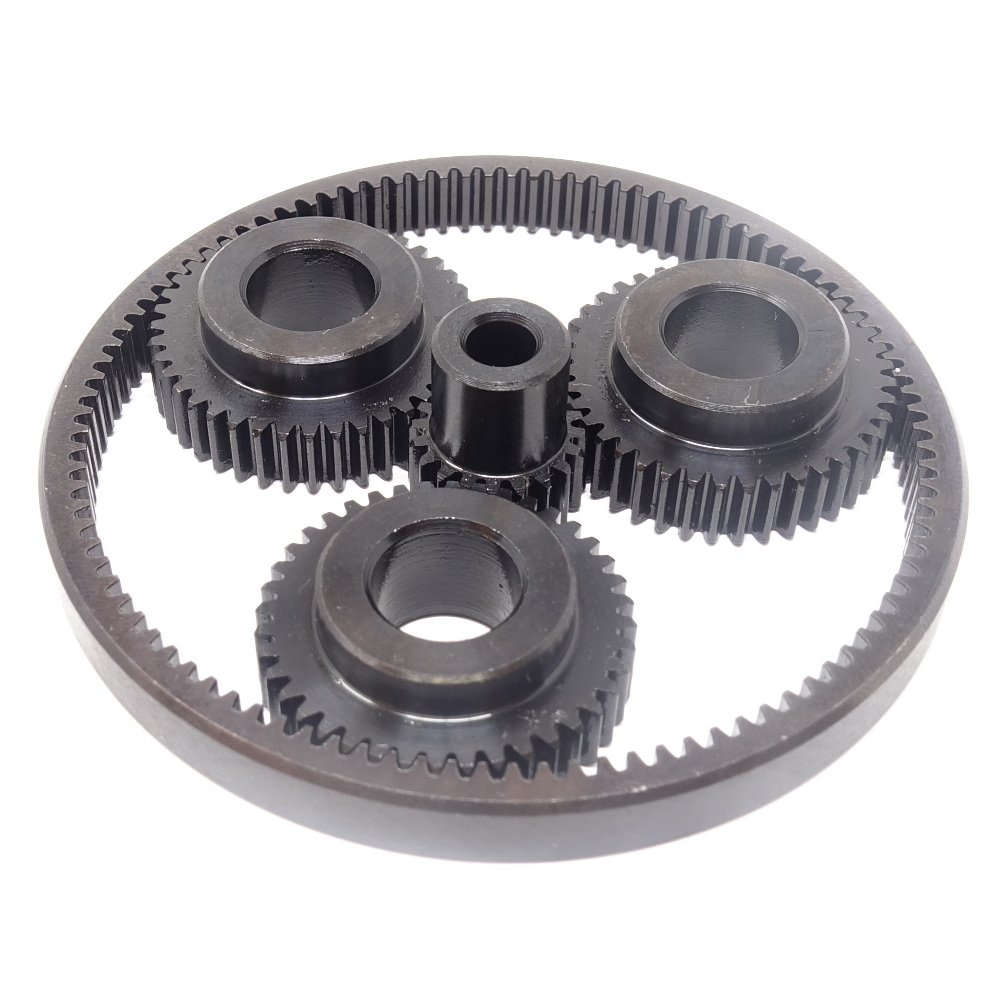Stable gait sequencing
In the last post, I described the newer gait engine which takes a desired command and produces a set of gait parameters. At that point, the gait engine needs to implement those gait parameters in a way that is stable with respect to disturbances and keeps the two legs properly out of phase with one another.
The gait variables that the gait selection procedure emits are as follows, each “leg” is actually a pair of legs.

